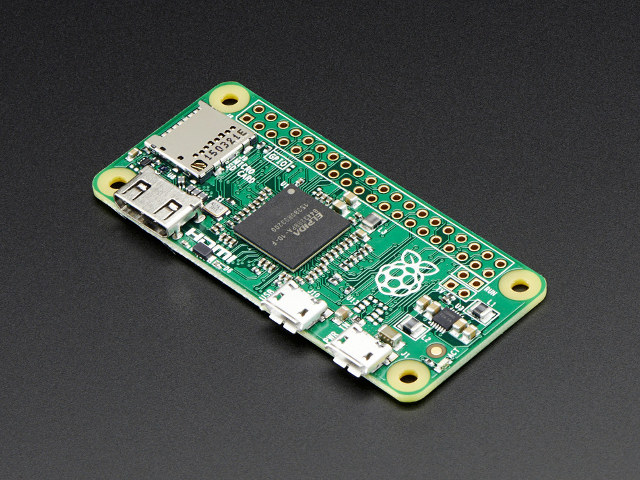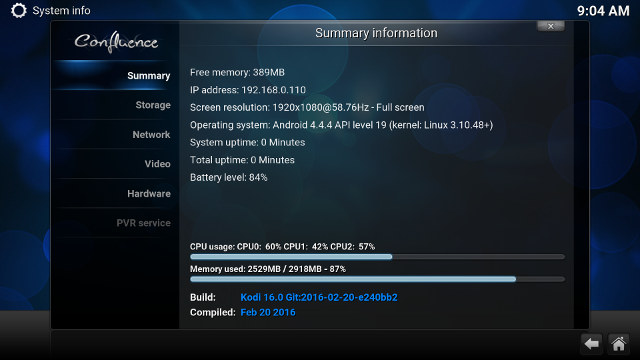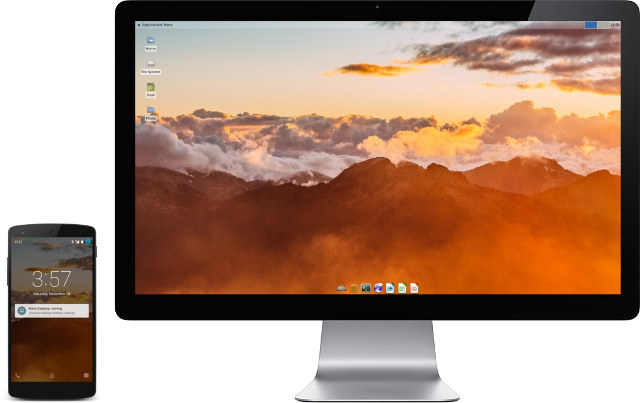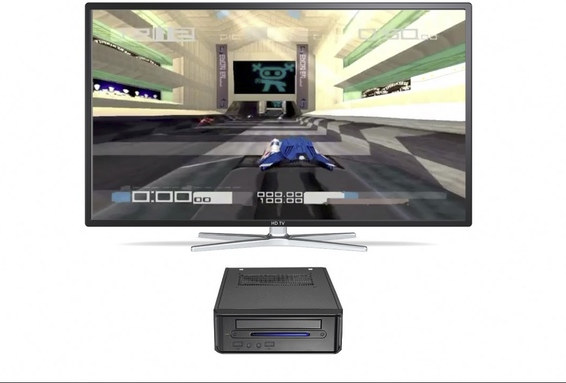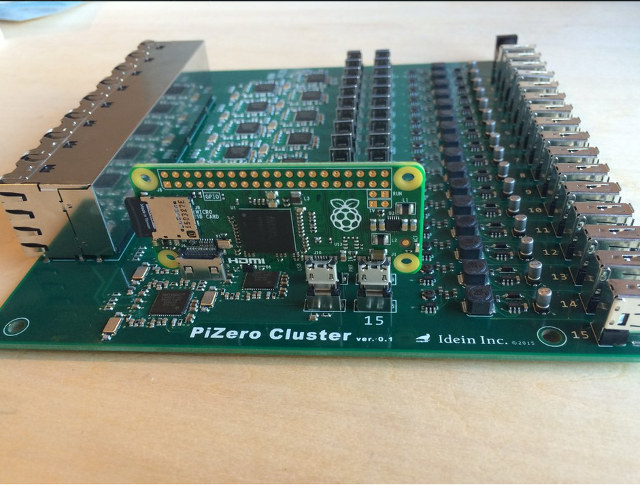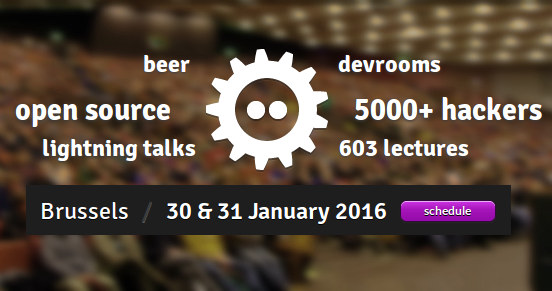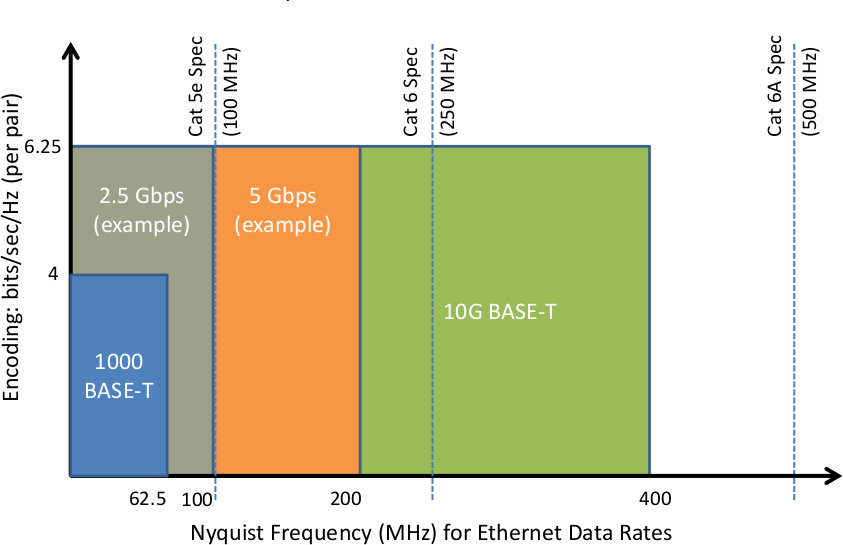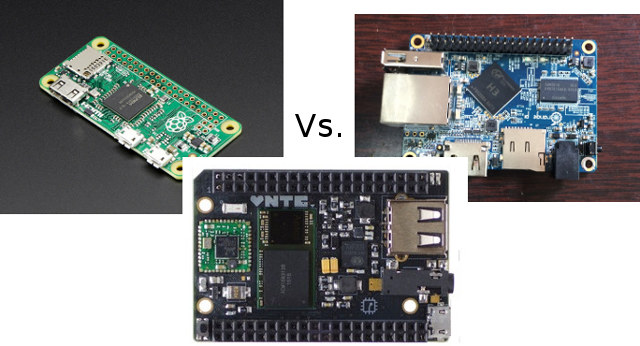Raspberry Pi Zero has been quite popular when it launched due to its $5 price tag, excluding shipping and taxes. It’s been too popular actually, as manufacturing could not keep pace with demand, and resellers soon had to show it as Out of Stock, or simply decided to complete pull out the product page such as Element 14. The supply tightness has lasted a few weeks, and recently I showed on GearBest for $19.10 including shipping, but it’s now out of stock, and the company expects to get more boards mid March… This also led to a website called whereismypizero.com which automatically tracks stock on some of the main distributors, namely Element14, Adafruit, The PiHut, Pimoroni, and Raspberry Pi Swag. The good news is that it is back on Pimoroni, where you can get a Raspberry Pi Zero board for 4.25 GBP ($6), unless you live outside of Europe, and […]
Kodi 16 “Jarvis” Release
This morning, I saw Kodi installed from Google Play get an update in one of my Android device, and that means that Kodi 16.0 “Jarvis” has now been released. As usual it’s available for Windows, Linux, Mac OS, Android, and iOS, with specific Linux ports for Raspberry Pi boards, and several Freescale/NXP i.MX6 boards such as Wandboard or EzeeCube. You can get the full Changelog in the Wiki, but some of the main changes against Kodi 15 include: Various new features for Live TV and PVR (Personal Video Recorder) Added RDS Radio, FM radio, scheduling recordings of TV shows… Various improvements such as speeding up EPG database access. Added, updated, and improved PVR backend clients addons for all popular third-party external PVR backend platforms: FilmOn, HDHomeRun, Enigma 2, Tvheadend HTSP Client, and so on. Add-ons Framework, API, and Manager improvements Platform Independent Playback improvements : software DTS-HD decode with libdcadec, […]
Open Source Operating Systems News – Maru OS, Zephyr, ReactOS, Tizen 3.0, and Raspbian
There have been several news related to open source operating systems in the last couple of weeks including Maru OS to run Debian on Android, Zephyr Project real-time OS managed by the Linux Foundation, ReactOS an open source port of Windows XP, and Raspberry Pi boards are getting a Tizen 3.0 port, as well as a new Raspbian release. Maru OS – Mobile <-> Desktop Convergence Maru OS mobile operating system is supposed to do what Ubuntu convergence promised: it runs in mobile mode on the go with Android Lollipop mobile OS, once you connect the phone to an HDMI screen, and pair Bluetooth keyboard and/or mouse, it will switch to desktop mode running Debian Linux. The downside is that so far it a single developer (Preetam D’Souza) worked on it, and the beta version only works on Nexus 5 smartphone. However, since the project went viral, dozen of other […]
Crowdfunded Projects Use Raspberry Pi and ODROID Boards into Home Theater PCs and Retro Game Consoles
I’ve been tipped about two separate projects launched on Indiegogo and Kickstarter that integrate Raspberry Pi or ODROID boards into their products. indieGO! retro gaming console and distribution leverages Raspberry Pi 2, ODROID-C1+, or ODROID-XU4 to play older games, while Pi2Media HT1 relies on either Raspberry Pi2, and later the upcoming UP Board or ODROID-C2 boards in order to offer a Surround 7.1 Home Theater PC. indieGO! Retro Game Console Beside the development board, indieGo! also includes a DVD-RW drive, an SD card reader, a mini-ITX case, a 3D-Printed I/O-shield and ARM board holder, a USB joypad, and two USB ports. indieGO!-OS is also a Linux distribution based on AEROS running Exagear which means both ARM (native) and x86 (emulation) executables will run on the device. Pre-isntalled programs include Wine, Kodi, Moonlight, AmiCloud, and EmuLA. The many emulators installed allow support for games running Playstation, C64, Dreamcast, Game Boy, Atari, Sega, PC, […]
This is What a 16 Raspberry Pi Zero Cluster Board Looks Like
Idein, a Japanese startup, has been working with a Raspberry Pi compute module to create Actbulb, a multi-functional device for applications using computational sensing and data analysis, and that fits in a regular light bulb socket. But for their internal testing, they’ve decided to create a cluster for 16 Raspberry Pi Zero boards. PiZero Cluster board has 32 micro USB ports for power and data, two for each Raspberry Pi Zero board, 16 USB type A ports, and 16 Ethernet interfaces. They’ve likely done this board for testing their ActBulb, as Koichi Nakamura, Idein CEO & founder mentioned that: We are making a sensing device that uses Raspberry Pi compute module. So we need many Pi’s for the development and tests. Since we will use Pi’s GPU for image processing, deep learning, etc. We need real Pis but not just Linux machines. Another reason. It can be used for flashing […]
FOSDEM 2016 Schedule – Open Source Hardware and Software Event in Europe
FOSDEM (Free and Open Source Software Developers’ European Meeting) is a 2-day event that usually takes place on the first week-end of February in Brussels, but this year it will be on January 30-31. The event brings thousands of developers, hackers, and other person interested in open source technology who present their projects and share ideas. FOSDEM 2016 schedule is now available, and There will be 557 speakers, 612 events, and 50 tracks this year including 7 main tracks: Distros, Enterprise, Hardware, Communications, Miscellaneous, Office, Systems Administration, and Virtualization. So I’ve had a look at some of the talks, especially out of “Embedded, Mobile and Automotive” and “IoT” devrooms, and prepared my own virtual schedule although I won’t be able to attend. Saturday 10:30 – 10:55 – MIPS, the other side of the embedded by Alexjan Carraturo For many years MIPS processors have been involved in the embedded market, particularly […]
Broadcom BCM4908 Router SoC Supports 2.5 Gigabit Ethernet, and Up to 3.4 Gbps Combined WiFi Speeds
While most of us are still talking about megabit per second (Mbps) when it comes to Internet connectivity, some are already enjoying higher maximum speeds of one or more Gigabit per second (Gbps) with services like Google Fiber or Comcast Gigabit Pro (2Gbps) in the US. That means one of the bottleneck include Gigabit Ethernet in most home settings, so to address higher network speeds at home and at the office, Broadcom has designed and unveiled BCM4908 quad core 64-bit ARM SoC for high-end routers that includes an interface for a 2.5 Gigabit Ethernet PHY, and supports the company’s BCM4366 wave 2 5G WiFi MU-MIMO for up to 3.4 Gbps combined WiFi transfer rates across multiple devices. Some key features of BCM4908 processor include: Quad core 64-bit ARM processor @ 1.8 GHz Zero CPU Wi-Fi offload to free up CPU resources BroadStream iQoS acceleration Dedicated security processor to enable hardware […]
Raspberry Pi Zero, C.H.I.P, and Orange Pi One Boards’ Features and Price Comparisons
With Raspberry Pi Zero, Next Thing C.H.I.P, and Orange Pi One, we now have have three ARM Linux development boards selling (now or soon) for less than $10 excluding shipping and taxes. So I’d think it would be interesting to compare the features of the boards, and prices for different use cases. The comparison table below shows the three boards features side-by-side with items highlighted in green for the best or extra features, and in red for the weakest. Some cells will have to be filled later as data is currently not available (marked TBD). Raspberry Pi Zero C.H.I.P Orange Pi One Processor Broadcom BCM2835 single core ARM11 processor @ 1GHz (~1250 DMIPS) Allwinner R8 Cortex A8 processor @ 1 GHz (2000 DMIPS) Allwinner H3 quad core Cortex A7 processor @ 1.2 GHz (4x 2280 DMIPS) GPU VideoCore IV ARM Mali-400 ARM Mali-400MP2 Video Decoding 1080p30 for H.264, MPEG2* and […]


